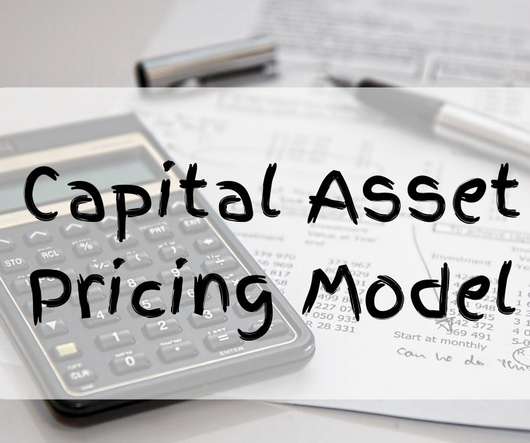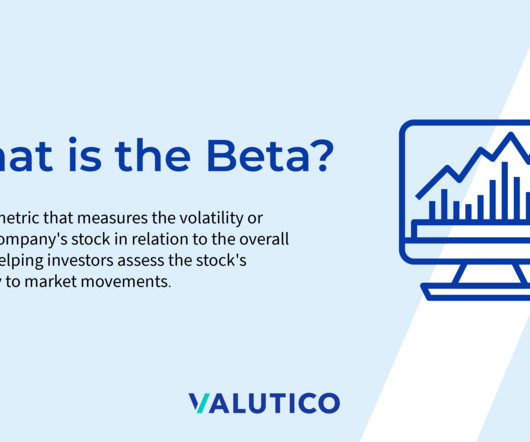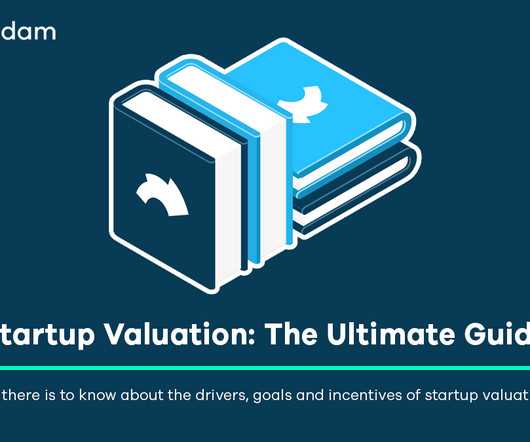What is the Capital Asset Pricing Model (CAPM)?
Andrew Stolz
AUGUST 5, 2020
If an investor moves money from the risk-free asset into the stock market, they should expect to earn a return in excess of the risk-free rate, what is called an equity risk premium. Investments are exposed to two types of risk: systematic and unsystematic. What Impacts the Capital Asset Pricing Model?











Let's personalize your content